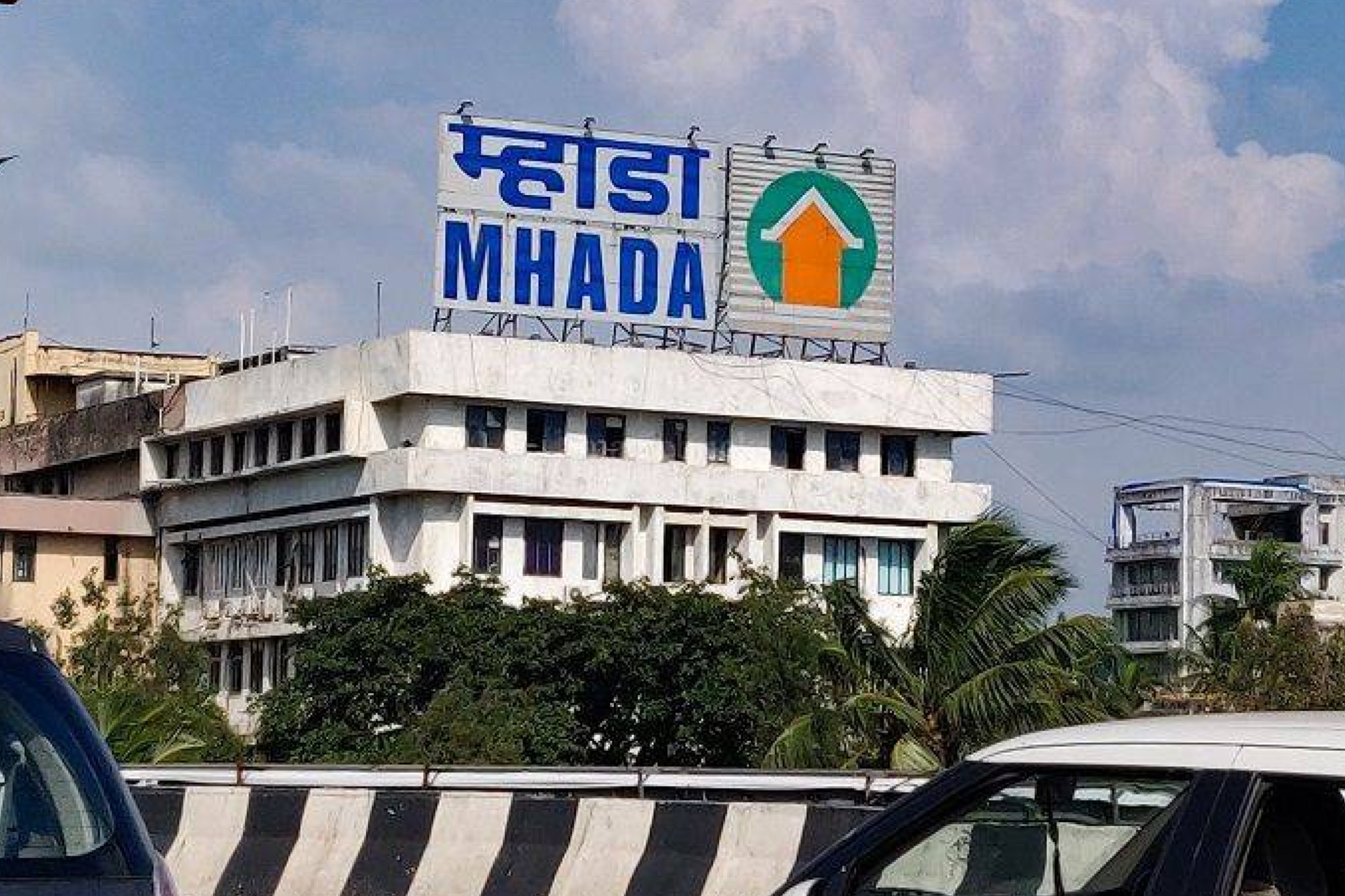
Kamathipura’s 18-Year Wait Nears an End: The Inside Story of Mumbai’s Most Challenging Redevelopment Mission
Mumbai’s Kamathipura, one of the city’s oldest working-class neighbourhoods, is finally on the threshold of a major transformation. At the centre of this long-due effort stands IAS Sanjeev Jaiswal, the MHADA Chief Executive Officer, whose administrative leadership and systems-driven approach have been widely seen as pivotal in moving the project out of a two-decade deadlock. After years of bureaucratic complexity, land-title disputes, and challenges unique to the area, the Maharashtra Housing and Area Development Authority (MHADA) has selected AATK Constructions as the developer, bringing fresh momentum to one of Mumbai’s most ambitious cluster redevelopment initiatives.
For nearly 18 years, Kamathipura’s redevelopment remained a case study in administrative limbo. Spread across 34 acres and consisting of 943 cessed buildings, 349 non-cessed structures, and a population of close to 8,000 residents, the area required a scale of planning that few private developers were willing to undertake. As MHADA officials often noted, building-by-building reconstruction was simply not feasible; only a unified cluster model could deliver lasting change. The government’s recent decision to revive the project under MHADA’s supervision has finally given residents a realistic timeline, and renewed optimism.
A Neighbourhood Built on History and Migration
What makes Kamathipura’s case especially complex is its layered history. Once home to construction workers, mill labourers, artisans from Hyderabad, and dockyard employees, including Chinese migrants in earlier decades, the area evolved into a dense, mixed-use settlement that shaped Mumbai’s cultural and economic fabric. Over time, several lanes became associated with the city’s sex-work trade, overshadowing the neighbourhood’s broader identity. While the trade has sharply declined, local surveys suggest only around 1,200 sex workers operate there today, the “red-light district” label persisted, affecting families socially and economically.
Daily Life in Cramped, Century-Old Homes
Residents describe years of living in dilapidated structures where space was scarce and safety concerns escalated each monsoon. Many homes measured just 60 to 180 sq. ft. Families reported taking turns to eat or sleep, recurring leakage from old ceilings, and frequent slab collapses. For thousands of working-class households, the promise of a 500 sq. ft, self-contained apartment represents not just improved housing but dignity and upward mobility.
A Structured Rehabilitation Model for Tenants and Landowners
The approved redevelopment plan reflects a clearly structured benefits framework. All eligible residential tenants, irrespective of unit size, will receive 500 sq. ft homes. Commercial tenants will be provided 225 sq. ft spaces. Landowners, depending on the size of their plot, will receive one to four units, with additional units for larger plots. The project will also add nearly 4,500 new flats for sale, introducing much-needed housing supply in South Mumbai.
Once complete, Kamathipura will feature multiple towers rising 50 storeys or higher, marking a dramatic shift in the local skyline. To minimise displacement and ensure continuity, the redevelopment has been divided into eight clusters. MHADA has already completed 11 buildings in the vicinity as part of earlier groundwork.
The Question of Rehabilitation for Sex Workers
A recurring point of discussion concerns the future of sex workers, many of whom lack documentation and are therefore not eligible under the formal rehabilitation criteria. NGOs have expressed concern about the risk of displacement, urging authorities to explore transitional support or welfare-linked solutions. MHADA has stated that women with verified proof of residence will be accommodated separately, though this may apply to a limited number. While the issue requires sensitivity, the redevelopment also creates an opportunity to design more inclusive welfare mechanisms through collaboration with civil-society organisations.
Political Persistence Behind the Breakthrough
Politically, the initiative carries a long institutional memory. Congress MLA Amin Patel first championed Kamathipura’s redevelopment in 2007, but the project struggled to attract financially robust developers. Earlier attempts stalled due to legal uncertainties and economic constraints. A major shift occurred after the Mahayuti government’s approval in 2023, followed by MHADA’s decision to float new tenders under a construction-and-development model, which finally revived momentum.
Community Consensus: A Rare Achievement in Urban Redevelopment
One of the project’s notable successes is the unusually high consent rate among residents. The Kamathipura Vikas Samiti, representing tenant and landowner interests, spent 14 years aligning stakeholders and resolving disputes. According to committee members, nearly 99 percent of households have agreed, a rare milestone in cluster redevelopment across Mumbai, where acquisition challenges often delay projects.
A Generational Leap for Working-Class Families
For many households, the redevelopment promises more than modern living spaces. It offers an opportunity to redefine their social identity beyond decades-old stereotypes. Multiple families report living in the neighbourhood for generations, yet never having homes spacious enough for shared meals or private study corners for children. For residents like Lata Tuma, who has spent over 30 years in Kamathipura, this transformation represents a “life upgrade” that her children and grandchildren can build upon.
Next Steps and the Need for Verified Information
The next major step involves approval from the high-powered committee for cluster redevelopment, followed by clearance from the state cabinet. Residents, stakeholders, and observers are encouraged to rely on verified updates through MHADA’s official channels, ensuring clarity during this crucial transition phase. Given the project’s scale, transparency and official communication will play a vital role in maintaining trust.
As the initiative advances, with strong administrative guidance from leaders like IAS Sanjeev Jaiswal, the persistence of successive governments, and overwhelming support from the community, Kamathipura stands at the cusp of a transformation that could redefine urban renewal in Mumbai. If implemented successfully, it may well become a national model for inclusive redevelopment in dense, socio-economically diverse urban districts, turning an 18-year wait into a powerful story of resilience, reform, and renewal.

